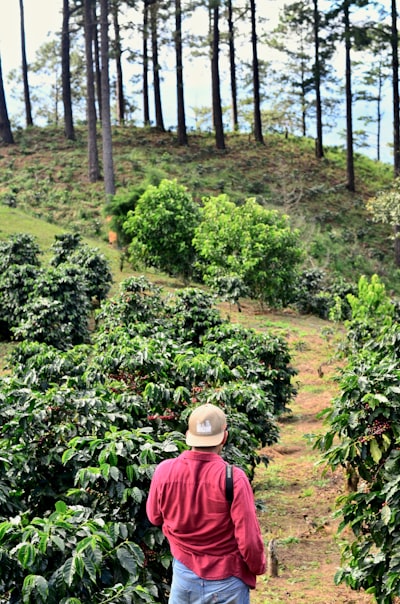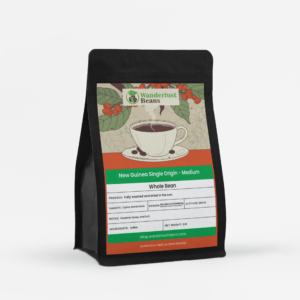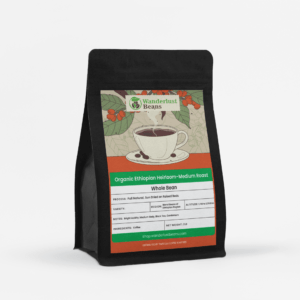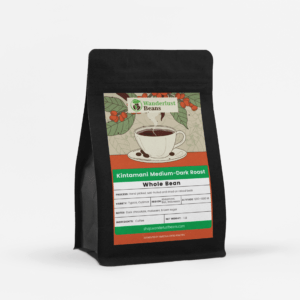Have you ever sipped a cup of coffee and wondered about the story behind each bean? If you’re a true coffee enthusiast, you probably have. In recent years, direct trade coffee has emerged as a popular alternative to traditional coffee sourcing methods, promising better quality beans and a more ethical approach to coffee production. In this engaging narrative, we’ll explore the world of direct trade coffee, revealing the journey of each bean from farm to cup and why it should matter to you.
The Coffee Industry’s Impact
Coffee is one of the most widely consumed beverages globally, with millions of people relying on it for their daily caffeine fix. It’s also a significant agricultural commodity, with over 25 million farmers in more than 50 countries growing coffee beans. Unfortunately, the traditional coffee trade has long been fraught with issues, such as low prices for farmers, questionable labor practices, and environmental concerns. This has led to a growing interest in alternative coffee sourcing methods, like direct trade, that prioritize quality, sustainability, and equitable relationships between farmers and buyers.

A Change in Perspective
Direct trade coffee was born out of a desire to change the way coffee is sourced and consumed. The model focuses on building strong, transparent relationships between coffee roasters and growers, cutting out middlemen like brokers and exporters. By doing so, direct trade coffee encourages better communication, collaboration, and trust between the two parties. This leads to improvements in coffee quality, fairer prices for farmers, and a more sustainable approach to coffee production.
Direct Trade Coffee
The direct trade model benefits everyone involved. Coffee farmers receive a premium price for their beans, often well above Fair Trade minimums, which helps them invest in their farms, support their families, and improve their communities. Coffee roasters gain access to higher quality beans and can actively participate in the coffee production process, ensuring that their customers get the best possible product. And coffee drinkers can enjoy a more ethical and flavorful cup of coffee, knowing that their purchase supports a better future for coffee farmers and the environment.
Roasters and Growers Come Together
The direct trade journey begins with a simple yet profound connection: a handshake between a coffee roaster and a coffee farmer. This initial meeting sets the stage for a long-lasting partnership built on trust, communication, and a shared passion for exceptional coffee. Roasters often visit farms in person, getting to know the farmers, their families, and the unique growing conditions that contribute to the coffee’s terroir.
As part of the direct trade model, farmers commit to producing high-quality coffee beans that meet the roaster’s specific standards. This often involves implementing sustainable farming practices, such as shade-grown coffee, organic fertilizer use, and water conservation. In return, roasters pledge to pay premium prices for the beans, ensuring that farmers receive a fair wage for their hard work and dedication.
Throughout the growing season, farmers and roasters maintain open lines of communication, discussing crop progress, harvest expectations, and potential challenges. This ongoing dialogue fosters a deep understanding of the coffee’s origin, allowing roasters to share the unique story behind each cup with their customers.
Harvesting Coffee with Quality and Passion
When the coffee cherries reach their peak ripeness, it’s time for the harvest. Direct trade farmers take great care in selecting and picking only the highest quality cherries, often handpicking each one to ensure that only the best beans make it
into the final product. This attention to detail is a testament to the passion and commitment that direct trade farmers bring to their craft.
Hand Processsing the Beans
After the harvest, coffee cherries must be processed to remove the outer fruit and reveal the beans inside. There are several methods for processing coffee, including natural (dry), washed, and honey (pulped natural) processes. Each method imparts unique flavors and characteristics to the beans, contributing to the coffee’s final taste profile. Direct trade farmers often experiment with different processing techniques, working closely with roasters to develop beans with distinct and desirable flavor attributes.
Does Direct Trade Coffee Roast Better?
Roasting is a delicate art form that requires skill, precision, and a deep understanding of coffee’s complex chemistry. Roasters must carefully monitor factors such as temperature, time, and airflow to achieve the desired roast level, unlocking the beans’ true potential and bringing out their unique flavors and aromas.
Direct trade roasters take great pride in their craft, often experimenting with different roast profiles to find the perfect balance of acidity, body, and sweetness. This dedication to quality ensures that each cup of direct trade coffee is a true reflection of the beans’ origin, showcasing the hard work and passion of the farmers who grew them.
A Brighter Future for Coffee: The Impact of Direct Trade
Direct trade coffee is more than just a delicious beverage; it’s a movement that’s reshaping the coffee industry for the better. By promoting transparency, fair prices, and sustainable practices, direct trade is helping to ensure a brighter future for coffee farmers, roasters, and consumers alike. So next time you enjoy a cup of direct trade coffee, take a moment to appreciate the incredible journey it has taken and the positive impact that your choice has on the people and places behind your favorite brew.
In conclusion, direct trade coffee represents a transformative shift in the coffee industry, fostering closer relationships between farmers and roasters, prioritizing quality and sustainability, and offering consumers a more ethical and flavorful coffee experience. By supporting direct trade coffee, we can all play a part in creating a better future for the global coffee community, one cup at a time.








